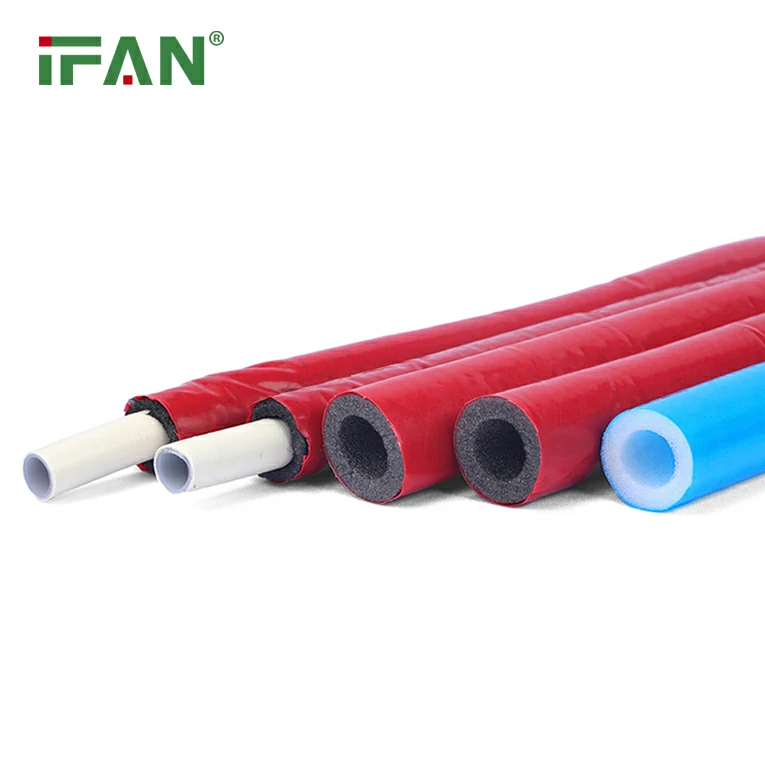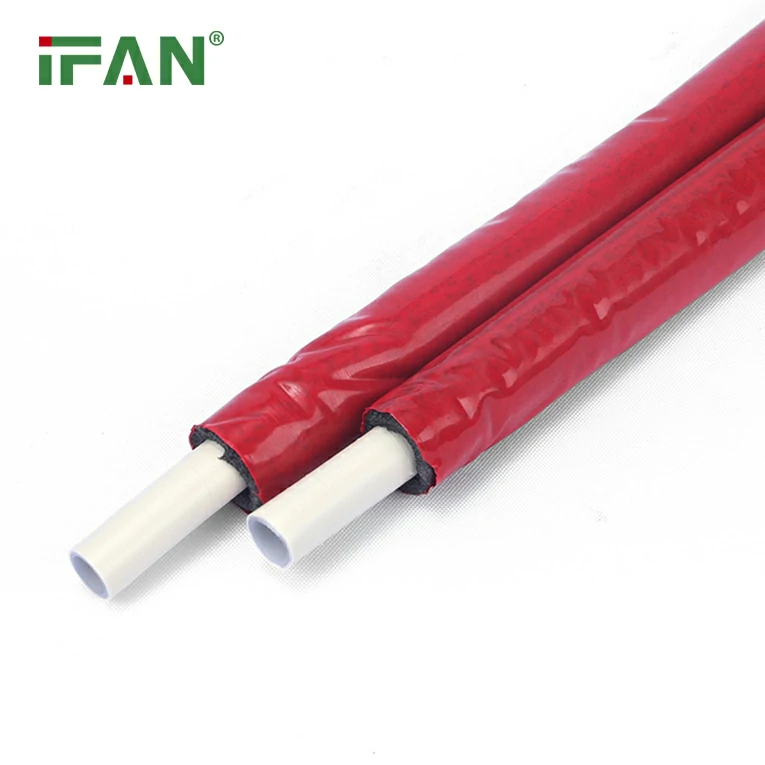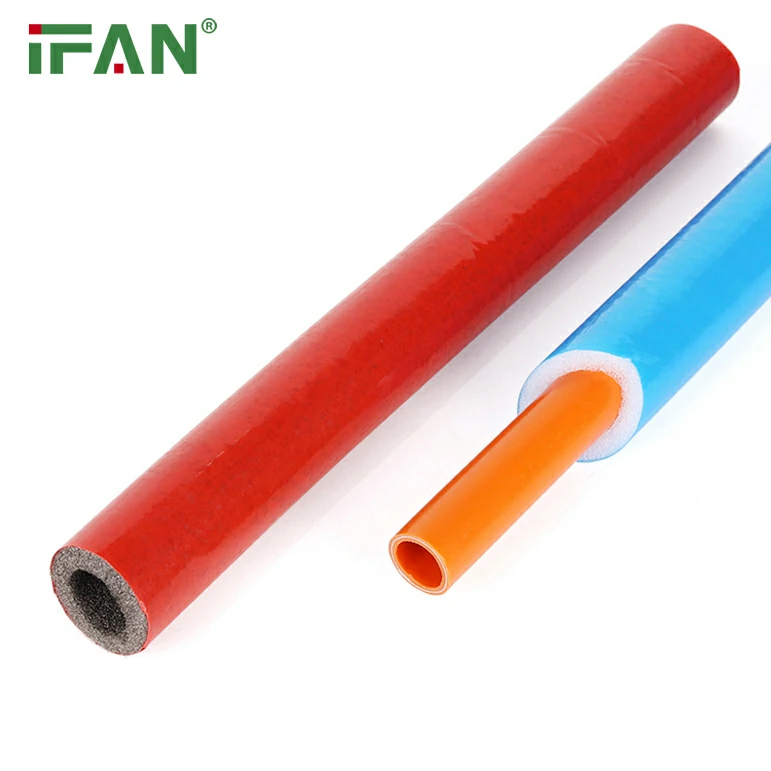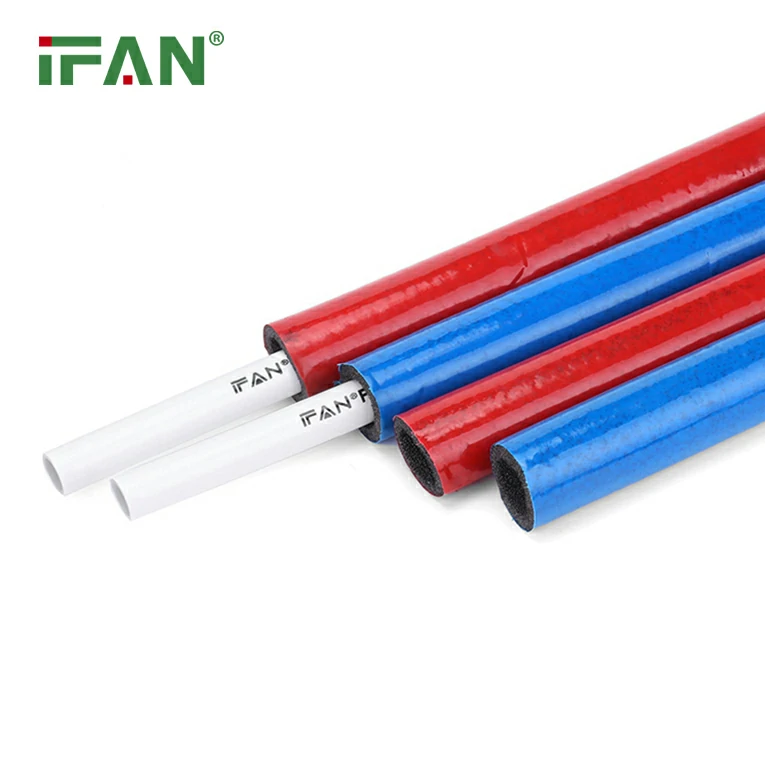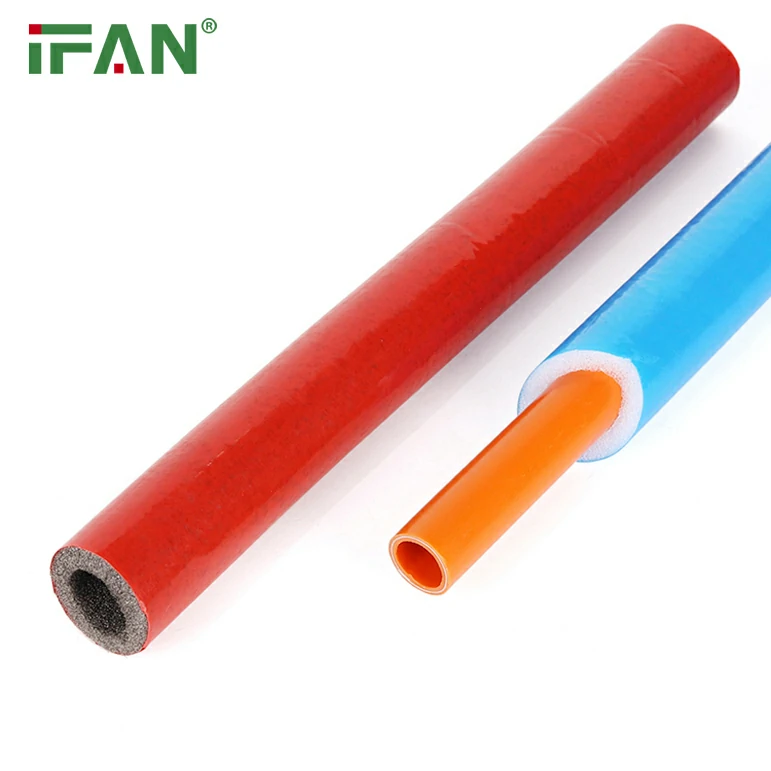IFAN factory 30+ years manufacture experience support color /size customization support free sample.Welcome to consult for catalog and free samples.This is our Facebook Website:www.facebook.com,Click to watch IFAN’s product video.Compared with Tomex products, our IFAN products from quality to price are your best choice, welcome to buy!
Brass fittings are widely used in both residential and industrial settings due to their excellent durability, corrosion resistance, and versatility. From plumbing systems to HVAC applications, brass fittings play a crucial role in maintaining the integrity and efficiency of various systems. In this article, we’ll explore the common applications of brass fittings in both residential and industrial settings, shedding light on their benefits and use cases.
What Are Brass Fittings?
Brass fittings are hardware components made from brass, an alloy of copper and zinc. Brass fittings are known for their strength, resistance to corrosion, and ability to withstand high pressures. These characteristics make them a preferred choice in various applications that require reliable and long-lasting connections.
Common Applications of Brass Fittings in Residential Settings
In residential settings, brass fittings are primarily used in plumbing, heating, and cooling systems. Below are some of the most common applications:
1. Plumbing Systems
Brass fittings are widely used in residential plumbing systems due to their ability to resist corrosion and withstand water pressure. They are typically used to connect pipes in water supply systems, drainage, and wastewater systems. Common brass fittings in plumbing include:
- Elbows: Used to change the direction of water flow in pipes.
- Tees: Used to create a branching point in a pipeline.
- Couplings: Used to join two pipes together.
- Reducers: Used to connect pipes of different diameters.
Brass fittings ensure secure and leak-proof connections, making them a trusted choice for household water supply lines.
2. Faucets and Fixtures
Brass fittings are often found in faucets and fixtures in kitchens and bathrooms. Their ability to resist rust and corrosion from water exposure makes them ideal for faucets, showerheads, and other fixtures. Additionally, brass is a reliable material for threading and providing tight seals in these applications, ensuring that water does not leak from faucets or shower valves.
3. Heating Systems
In residential heating systems, particularly those using central heating or radiator setups, brass fittings are used to connect pipes and valves. Brass is resistant to the effects of heat and pressure, making it ideal for maintaining the integrity of these systems. Common brass fittings in heating systems include:
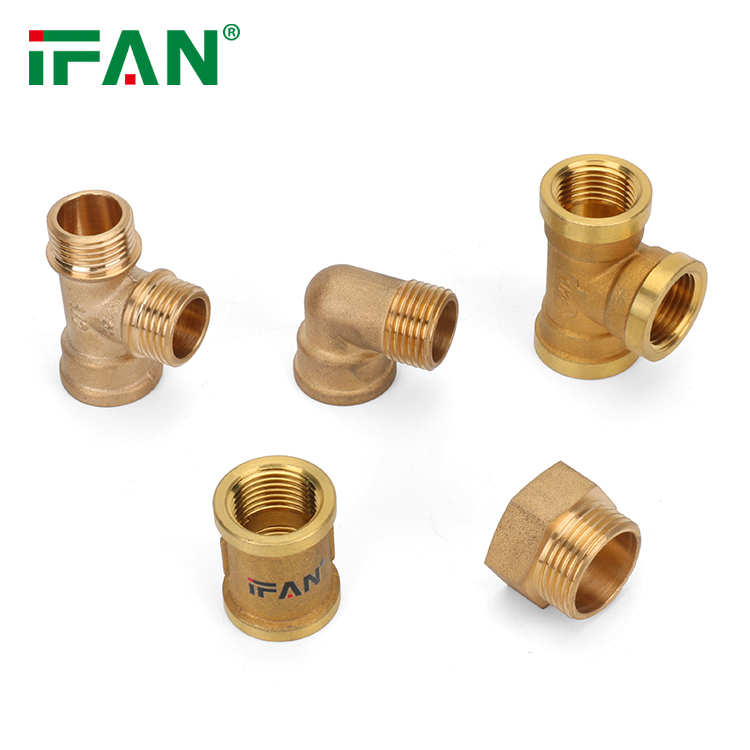
- Ball valves: Used to control water flow in heating systems.
- Radiator valves: Used to control the flow of hot water into radiators.
- Union fittings: Used to connect sections of pipe in the system.
4. Air Conditioning and Refrigeration
Brass fittings are commonly used in air conditioning and refrigeration systems due to their resistance to corrosion and high pressure. These systems require secure connections to prevent leaks and maintain system efficiency. Brass fittings are found in the connections between refrigerant lines and components like compressors, evaporators, and condensers.
Common Applications of Brass Fittings in Industrial Settings
Brass fittings are also widely used in industrial settings, where their properties are critical for the smooth operation of machinery, systems, and equipment. Below are some of the primary industrial applications of brass fittings:
1. Pneumatic and Hydraulic Systems
In industrial machinery and equipment, brass fittings are often used in pneumatic and hydraulic systems. These systems rely on compressed air or pressurized fluids to operate equipment, and the fittings used in these systems must be durable and resistant to pressure and corrosion. Brass fittings used in pneumatic and hydraulic systems include:
- Quick-connect fittings: Allow for easy and secure connection of air hoses or hydraulic lines.
- Compression fittings: Provide a leak-proof seal between pipes or tubes.
- Pressure relief valves: Help maintain the correct pressure levels in the system.
2. Automotive Applications
Brass fittings are commonly used in automotive systems, particularly for fuel lines, brake lines, and other components that require secure and leak-proof connections. The combination of brass’s strength and resistance to corrosion ensures that automotive systems operate efficiently and safely. Some common brass fittings in automotive applications include:
- Fuel line fittings: Used to connect fuel lines and fuel injectors.
- Brake line fittings: Used to connect brake lines and hydraulic systems.
- Cooling system fittings: Used in the radiator and coolant system.
3. Industrial Boilers and Pressure Systems
Brass fittings are widely used in industrial boilers and pressure systems due to their ability to withstand high temperatures and pressures. These systems often require fittings that can maintain a tight seal even under challenging conditions. Common applications include:
- Pressure gauges: Brass fittings are used to connect pressure gauges to boilers or pressure vessels, ensuring that readings are accurate and reliable.
- Safety valves: These are crucial components in preventing overpressure conditions in boilers and other systems.
- Steam lines: Brass fittings are used in steam lines for their resistance to corrosion and their ability to handle high temperatures and pressures.
4. Oil and Gas Industry
Brass fittings are used extensively in the oil and gas industry, where reliable and secure connections are critical for safety and efficiency. Brass fittings in this industry are used to connect pipes, valves, and other components in systems that transport oil, natural gas, and other fluids. Some applications include:
- Oil rig equipment: Brass fittings are used to connect lines in drilling and extraction equipment.
- Natural gas lines: Brass fittings provide secure connections in natural gas distribution systems.
- Flow regulators: Used to control the flow of gas or oil through pipelines.
5. Food and Beverage Industry
In the food and beverage industry, brass fittings are used in systems where the flow of liquids or gases must be precisely controlled. Since brass is non-reactive with most food products and beverages, it is often used in systems that transport ingredients or other substances. Brass fittings in this industry include:
- Flow control fittings: Used to regulate the flow of liquids and gases in manufacturing processes.
- Pressure relief valves: Ensuring that the pressure in tanks and pipelines does not exceed safe levels.
- Tank connections: Used in storage tanks and silos to connect pipes and valves.
Benefits of Using Brass Fittings
Brass fittings offer a range of benefits that make them suitable for a variety of applications in both residential and industrial settings:
- Corrosion Resistance: Brass is highly resistant to corrosion, making it ideal for use in systems exposed to water, chemicals, or high humidity.
- Durability: Brass fittings are incredibly durable and can withstand high pressures and temperatures, which is crucial in both plumbing and industrial systems.
- Malleability: Brass is easy to shape and machine, making it ideal for creating complex or custom fittings.
- Long Lifespan: Brass fittings have a long service life, which reduces the frequency of replacements and maintenance.
Conclusion
Brass fittings are versatile and reliable components used in a wide variety of applications, from residential plumbing systems to industrial machinery and equipment. Their resistance to corrosion, high durability, and ability to withstand high pressure and temperatures make them an excellent choice for systems that require secure, long-lasting connections. Whether used in home plumbing, automotive systems, or industrial boilers, brass fittings ensure the integrity and efficiency of vital systems in both residential and industrial settings.
Frequently Asked Questions (FAQ)
1. What are the advantages of using brass fittings over other materials?
Brass fittings are more resistant to corrosion, can handle higher pressures and temperatures, and provide longer-lasting connections compared to materials like steel or plastic.
2. Can brass fittings be used with high-pressure systems?
Yes, brass fittings are suitable for high-pressure systems and are commonly used in pneumatic, hydraulic, and industrial pressure systems.
3. Are brass fittings compatible with both hot and cold water?
Yes, brass fittings are compatible with both hot and cold water systems and are often used in residential plumbing systems.
4. Do brass fittings require regular maintenance?
Brass fittings are durable and resistant to corrosion, but regular inspections are recommended to ensure there are no signs of wear or damage.
5. Can brass fittings be used in the food and beverage industry?
Yes, brass fittings are commonly used in the food and beverage industry because they do not react with most liquids or gases used in manufacturing processes.

